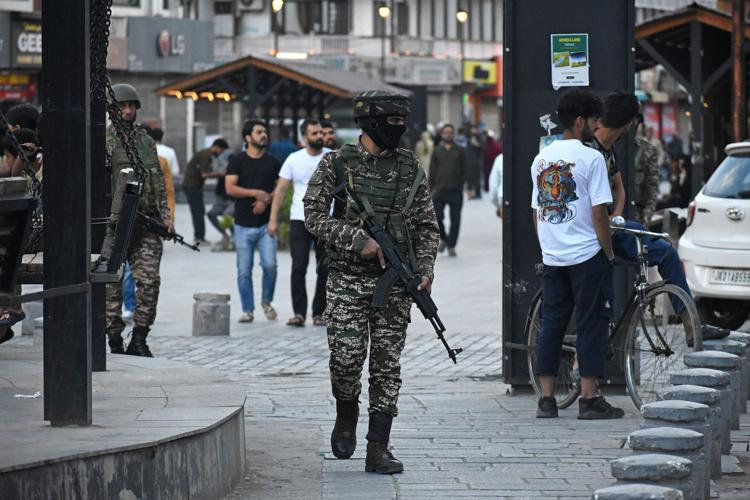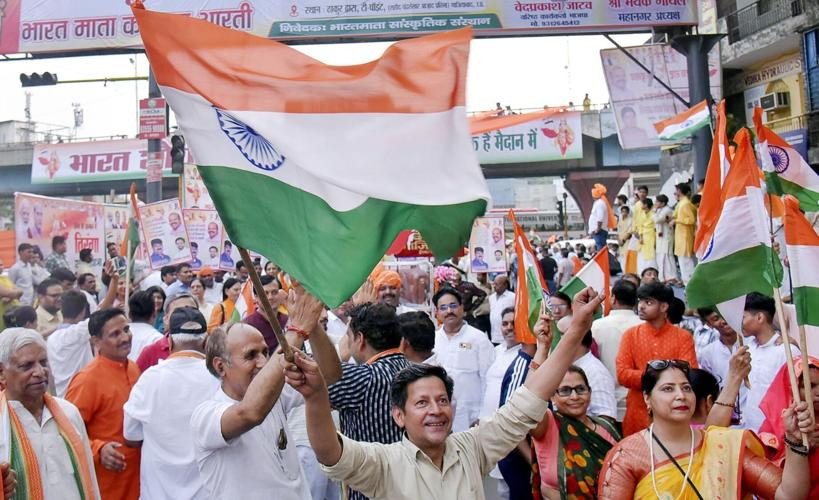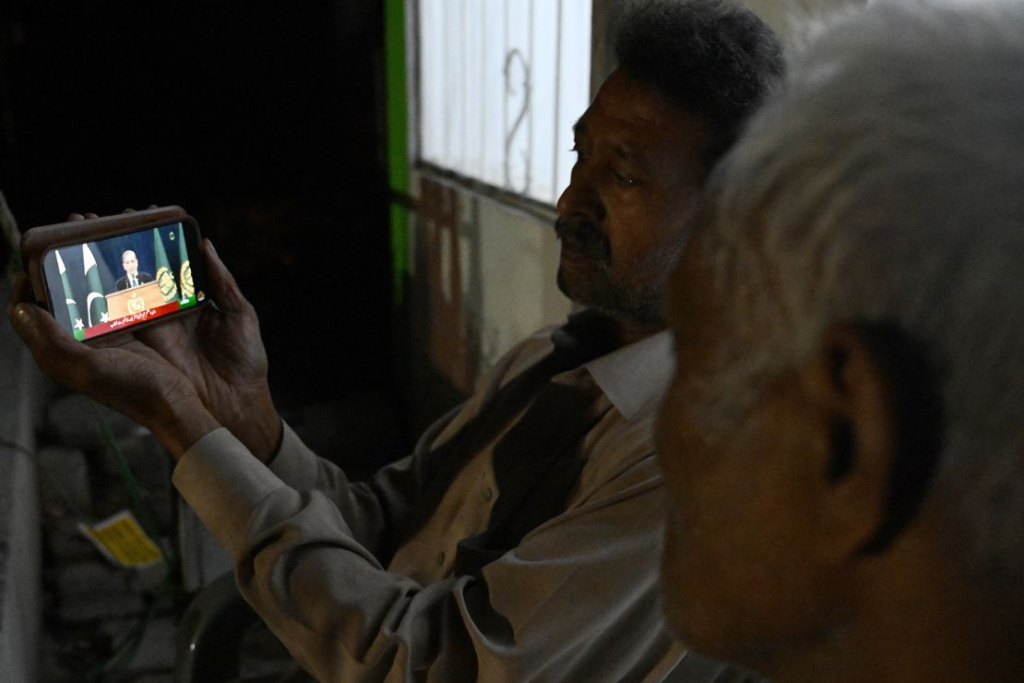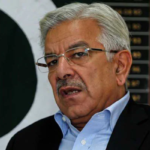Introduction
After weeks of escalating tensions marked by missile launches, drone incursions, and airstrikes, India and Pakistan stunned the world by suddenly announcing a ceasefire across the Line of Control (LoC). This fragile agreement signals a temporary pause in a decades-old conflict, particularly over the disputed Kashmir region. But what triggered this rapid de-escalation? Here are the top seven reasons behind the unexpected truce.




1. Mounting International Pressure
Global powers including the United States, China, and Gulf nations reportedly exerted diplomatic pressure on both New Delhi and Islamabad to avoid another full-scale war. With ongoing crises in Ukraine and the Middle East, world leaders pushed for regional stability in South Asia.
U.S. State Department sources confirmed behind-the-scenes negotiations urging both nations to de-escalate.
2. Economic Strain on Both Economies
Neither India nor Pakistan can afford a prolonged military engagement. Inflation, unemployment, and post-pandemic recovery efforts are already taxing both economies. Defense expenditures surged during the standoff, prompting economists in both countries to warn of looming financial instability.
3. Escalation of Drone and Missile Technology
The rise in drone warfare and precision missile technology raised alarm bells, especially as both sides tested new capabilities. Civilian areas were increasingly at risk, making the conflict less controllable and more dangerous for both militaries.
4. Backchannel Diplomacy and Secret Talks
Reports suggest that intelligence agencies from both nations engaged in quiet talks through intermediaries in the UAE and Oman. This backchannel communication allowed both sides to agree on terms without public political posturing.
5. Kashmir Civilians Caught in Crossfire
Escalations along the LoC led to mass displacements in Kashmir, with thousands of civilians fleeing border villages. Humanitarian groups raised alarms over potential war crimes and mass casualties if the conflict continued.
6. Military Stalemate and Strategic Reassessment
Despite fierce skirmishes, neither side made significant strategic gains. Military experts observed a stalemate, with increasing risk but minimal tactical benefit. Internal assessments likely advised political leaders to pause and reassess.
7. Regional Stability for Economic Projects
India’s trade ties with Southeast Asia and Pakistan’s involvement in China’s Belt and Road Initiative both rely on a stable regional environment. A drawn-out war threatened infrastructure projects and foreign investment.
Conclusion
While the ceasefire between India and Pakistan offers a temporary reprieve, it remains an uneasy truce rooted in pragmatism more than peace. The long-term prospects will depend on continued dialogue, trust-building, and international oversight. Still, for the millions living near the LoC, this sudden ceasefire is a welcome, if uncertain, breath of relief.
For deeper insights into regional diplomacy, read our article on the India-Pakistan Water Treaty Crisis.








